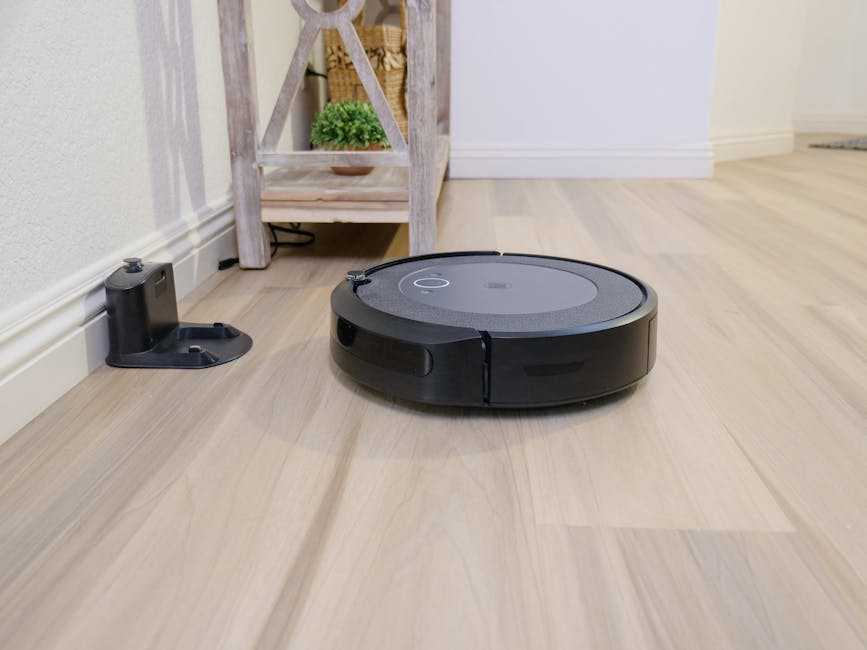The Shift Toward Smarter Living
Smart home tech is no longer some futuristic concept it’s already here, woven into the way more people live, work, and relax. The demand for interconnected, intelligent living spaces has quietly exploded. It’s not just about having a smart speaker in the kitchen anymore. It’s full home systems that talk to each other, learn patterns, and make real decisions. Lights, locks, thermostats, even coffee makers everything’s getting smarter.
What’s fueling this shift? Three things mostly: the tech got cheaper, setup got simpler, and automation finally feels useful. Once expensive options are now entry level. You don’t need a contractor to set it up. And most important, it delivers. You walk through the door and lights adjust. The thermostat knows it’s a weekday afternoon. You say a word, music plays, or groceries get added to the list. It works.
At the center of it all are voice assistants and mobile apps. They’re the glue connecting routines, preferences, and devices from different brands into something that runs quietly in the background. Whether it’s setting a sleep schedule or managing energy use, your phone and your voice are the new remotes to your life. For most folks, once they start using it, going back just doesn’t make sense.
Daily Convenience, Maxed Out
Modern smart home devices aren’t just cool add ons they’re radically improving day to day living by eliminating routine tasks and maximizing comfort. Here’s how:
Automation That Works Behind the Scenes
Imagine your lights adjusting automatically to match the time of day, your thermostat maintaining the perfect indoor temperature, or your robotic vacuum cleaning on a schedule. Smart devices handle these details so you don’t have to.
Common tasks automated in today’s smart homes:
Lighting: Motion sensors and preset schedules keep lighting optimized without constant manual input.
Climate Control: Smart thermostats learn your habits and adjust settings to suit your preferences.
Cleaning: Robot vacuums and smart mops take care of floors while you focus on other things.
Real World Benefits in Time and Effort
It’s not just about novelty it’s about efficiency. Smart devices reduce small but persistent time losses that add up quickly.
Time saving examples:
Setting routines that manage lights, appliances, and temperature means fewer daily interruptions.
Remote control via smartphone allows job completion from anywhere, saving trips back home.
Voice commands reduce the need for physical interaction, streamlining multitasking and accessibility.
Redefining Daily Comfort
Comfort isn’t just about luxury it’s about systems that respond to your life in real time. Features like smart curtains that open with the sunrise or thermostats that warm your space before you arrive home take convenience to the next level.
Here’s what redefined comfort looks like:
Effortless morning and bedtime routines
Hands free control for all users, including elderly or differently abled individuals
Environmental settings tailored to your schedule and mood
Want to explore devices that can take your home to the next level?
Explore top smart devices for home
Energy Efficient and Cost Conscious

Smart home devices aren’t just about convenience they’re quietly saving people real money. At the center of the shift are smart thermostats, plugs, and energy monitors. These tools make your power consumption visible, manageable, and in some cases, automatic.
Thermostats that learn your habits can trim heating and cooling costs without you lifting a finger. Smart plugs let you kill standby power to devices that suck energy even when they’re off. Real time usage meters show exactly where your electricity’s going and where to cut back. It’s not about sacrificing comfort; it’s about using what you need, when you need it.
Over time, the savings add up. Lower utility bills. Fewer surprises. And for anyone thinking long term, high efficiency homes tend to hold value better and rank higher in resale. Investing in smarter tech isn’t just about now it’s about setting your space up to work harder for you in the years ahead.
Security You Can Count On
Home security isn’t just locks and backyard cameras anymore. With 24/7 surveillance, facial recognition, and real time alerts, smart homes are turning into sentinels that never blink. Whether it’s a doorbell cam that flags unfamiliar faces or motion sensors that ping your phone in seconds, these systems are always watching so you don’t have to.
What takes it further is the integration. Smart locks can grant access remotely or lock things down the moment a threat is detected. Some systems tie directly into local emergency services, sending help even when you’re offline. With one app, you’re in command whether you’re in bed or out of town.
Bottom line: the tech doesn’t just add security it adds confidence. Peace of mind isn’t a luxury anymore. It’s built in.
The Connected Lifestyle
Smart devices aren’t just flashy toys they’re the glue holding the modern home together. From lights to locks, thermostats to TVs, everything talks to everything else. That’s the goal: seamlessness. One command, multiple actions. Say “good night” and watch your home respond lights dim, doors lock, temperature adjusts.
Voice assistants like Alexa, Google Assistant, and Siri make controlling all this second nature. But the real powerhouse is automation. Platforms like IFTTT (If This Then That) let you stack routines across brands and devices. That means your coffee maker can start brewing when your alarm goes off, or your porch light flashes when your Uber arrives. These aren’t just bells and whistles they’re time saving moves that reduce mental clutter.
But there’s a catch: not all devices play nice together. Closed systems force you to buy within one brand’s ecosystem, limiting flexibility. Open ecosystems, where devices sync across manufacturers, give you the freedom to build a smarter space on your terms. Think of it as future proofing.
Find more ways to elevate your space with smart devices for home
Looking Ahead
The future of smart homes isn’t just about gadgets it’s about systems that learn, anticipate, and adapt. AI and machine learning are driving this shift, moving us toward what some call predictive living. Think lights that adjust before you reach the room, climate control that knows your comfort habits better than you do, or a fridge that tracks groceries and suggests meals based on your goals.
Personalization is also leveling up. Context aware tech can analyze behavior, preferences, even biometric feedback, all in real time. Your home could tailor wake up routines based on sleep quality or adjust lighting based on your mood without a single manual input. It’s not sci fi these are prototypes being tested today.
But as homes get smarter, the trade offs get sharper. Granular data collection powers convenience, but also raises serious privacy concerns. Who owns your behavioral data? How secure are these systems from breaches? Going forward, smart living will demand smarter choices balancing automation with transparency and control.
The promise is big: homes that think ahead, that work for you. But the terms of that relationship will define whether connected living feels like freedom or surveillance.

